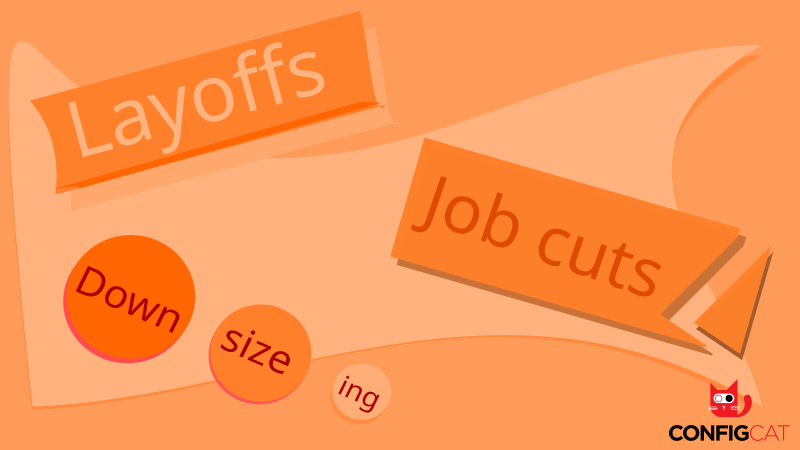Reducing the Impact of Layoffs with Feature Flags
As you might have heard by now, the tech world is undergoing massive layoffs due to the looming recession. Big tech companies like Twitter, Meta, Google, and Amazon have all announced massive job cuts in the past few months. Software developers are on the receiving end in 2023, accounting for 20% of layoffs, according to data from workforce intelligence firm Revelio Labs.
Apart from the stress and anxiety it causes employees who were let go, layoffs can disrupt the rhythm of development teams and impact how projects move forward. The developers that survive layoffs are expected to keep everything running smoothly despite their smaller numbers. They'll have to explore strategies that will allow them to continue working efficiently and produce high-quality software without overworking themselves.





